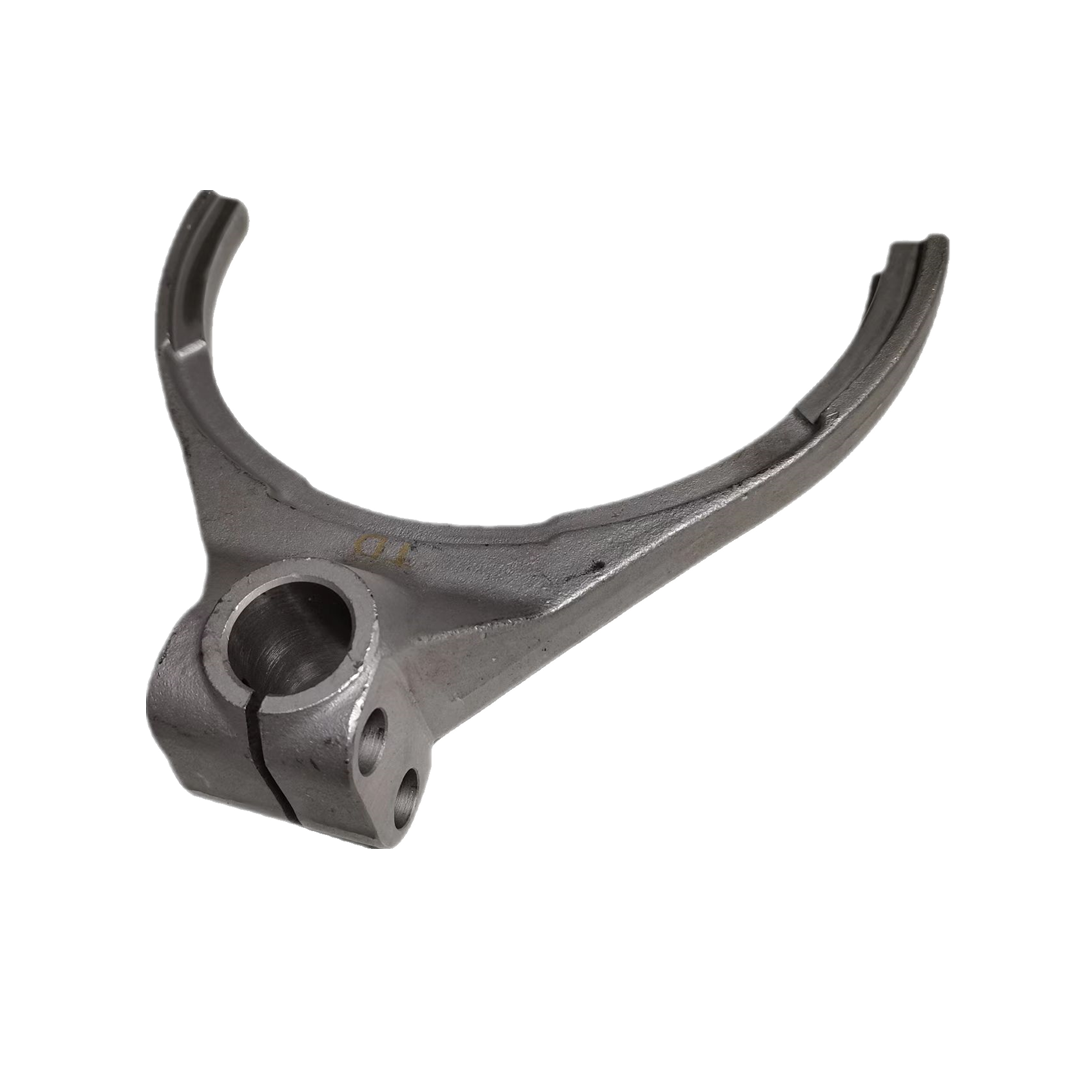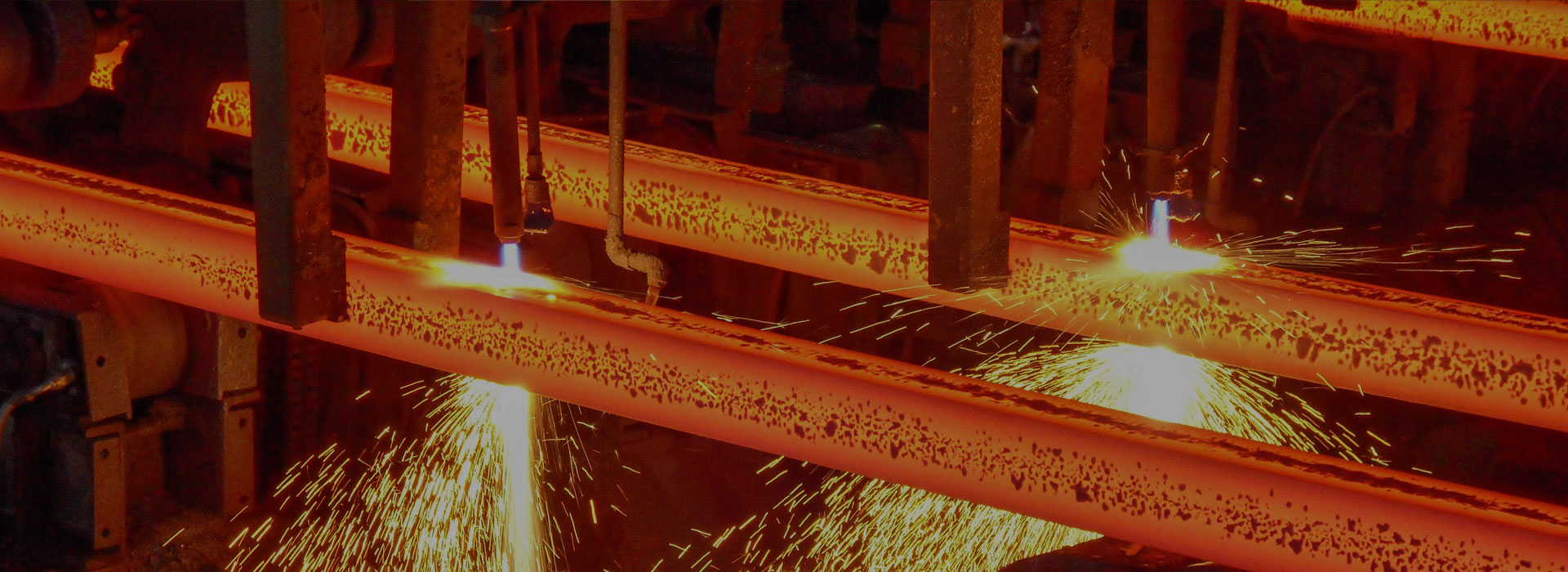What's Is The Auto Transmission Gear Shifting Fork
2023-07-20
The auto transmission gear shifting fork is an essential component in the operation of automatic transmissions. It plays a crucial role in the smooth shifting of gears, ensuring optimal performance and efficiency of the vehicle.
The gear shifting fork is responsible for engaging and disengaging the gears in the transmission system. It is a mechanical device that moves the synchronizer sleeve, which in turn engages the desired gear. The fork is connected to the gear shift lever, allowing the driver to select the desired gear.
One of the key functions of the gear shifting fork is to ensure that the gears are engaged smoothly and without any grinding or clashing. This is achieved through precise engineering and design. The fork is made from high-quality materials such as steel or aluminum alloy, which provide strength and durability. It is also designed to have low friction, allowing for smooth and effortless gear shifting.
The gear shifting fork is designed to withstand the high forces and pressures that occur during gear shifting. It is subjected to constant stress and strain, especially during aggressive driving or heavy loads. Therefore, it is crucial for the fork to be made from materials that can withstand these forces without deformation or failure.
Regular maintenance and inspection of the gear shifting fork are essential to ensure its proper functioning. Any signs of wear or damage should be addressed promptly to prevent further damage to the transmission system. Lubrication of the fork is also important to reduce friction and ensure smooth operation.
The gear shifting fork is responsible for engaging and disengaging the gears in the transmission system. It is a mechanical device that moves the synchronizer sleeve, which in turn engages the desired gear. The fork is connected to the gear shift lever, allowing the driver to select the desired gear.
One of the key functions of the gear shifting fork is to ensure that the gears are engaged smoothly and without any grinding or clashing. This is achieved through precise engineering and design. The fork is made from high-quality materials such as steel or aluminum alloy, which provide strength and durability. It is also designed to have low friction, allowing for smooth and effortless gear shifting.
The gear shifting fork is designed to withstand the high forces and pressures that occur during gear shifting. It is subjected to constant stress and strain, especially during aggressive driving or heavy loads. Therefore, it is crucial for the fork to be made from materials that can withstand these forces without deformation or failure.
Regular maintenance and inspection of the gear shifting fork are essential to ensure its proper functioning. Any signs of wear or damage should be addressed promptly to prevent further damage to the transmission system. Lubrication of the fork is also important to reduce friction and ensure smooth operation.
In conclusion, the auto transmission gear shifting fork is a vital component in automatic transmissions. It allows for smooth and precise gear shifting, ensuring optimal performance and efficiency of the vehicle. Regular maintenance and inspection are necessary to ensure its proper functioning and longevity.

X
We use cookies to offer you a better browsing experience, analyze site traffic and personalize content. By using this site, you agree to our use of cookies.
Privacy Policy



